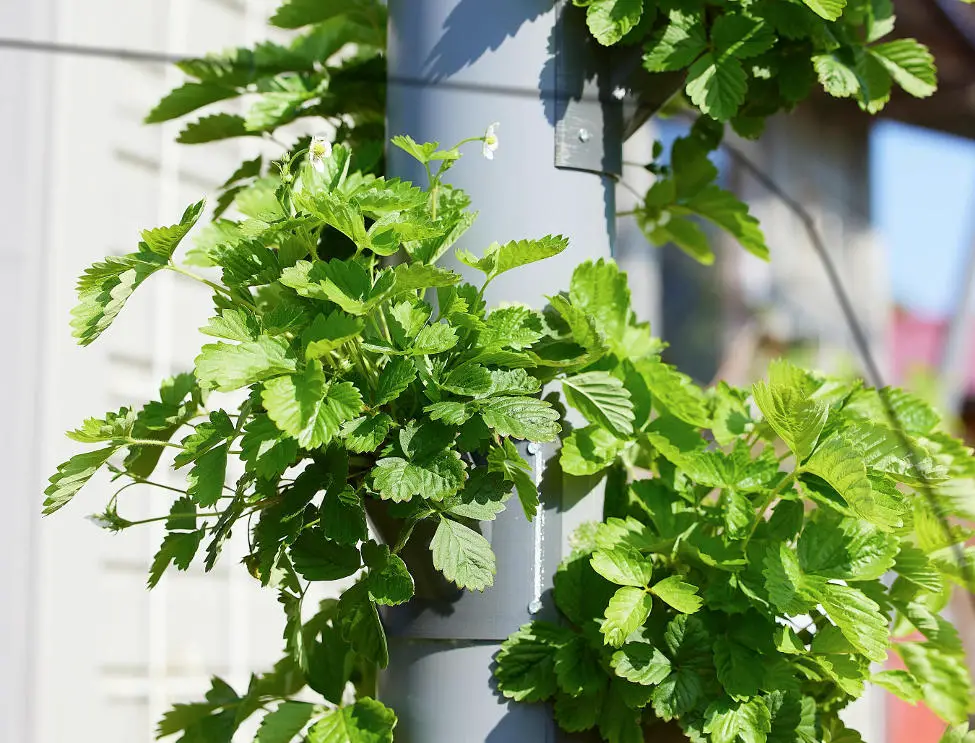Hydroponic gardening offers a multitude of innovative methods, each with its unique benefits. One such technique that stands out for its simplicity and effectiveness is Deep Water Culture (DWC). In this guide, we’ll take a deep dive into the world of Deep Water Culture, exploring its principles, advantages, and how you can implement this hydroponic system to nurture thriving plants.
Understanding Deep Water Culture (DWC)
Deep Water Culture (DWC) is a hydroponic system where plant roots are submerged in a nutrient-rich solution, allowing for direct uptake of essential nutrients. Unlike traditional soil-based gardening, which relies on soil for nutrient delivery, DWC provides plants with a continuous flow of oxygenated water enriched with nutrients.
Components of the DWC System
The DWC system consists of several essential components that work together to support plant growth. A reservoir holds the nutrient solution, while an air pump and air stone oxygenate the water, ensuring that plant roots receive adequate oxygen. Net pots or baskets provide support for the plants, allowing their roots to extend into the nutrient solution.
How Does the DWC System Work?
In Deep Water Culture, plants are placed in net pots or baskets filled with a growing medium, such as clay pellets or perlite. These pots are then suspended above the nutrient solution, allowing the roots to grow down into the water. The continuous flow of oxygenated water provides plants with the necessary nutrients and oxygen for healthy growth.
Advantages of the DWC System
DWC offers several advantages that make it an attractive option for hydroponic gardening. It provides plants with a highly oxygenated environment, promoting rapid and vigorous growth. The simplicity of the system makes it easy to set up and maintain, making it ideal for beginners. Additionally, DWC conserves water by recirculating the nutrient solution, reducing water waste.
Suitable Plants for DWC Gardening
Many plants thrive in the DWC system, making it a versatile choice for hydroponic cultivation. Leafy greens such as lettuce and spinach, herbs like basil and cilantro, and even fruiting plants like tomatoes and peppers can flourish in a DWC setup. Understanding the specific requirements of each plant is essential for successful DWC gardening.
Setting Up Your DWC System: A Step-by-Step Guide
Setting up a DWC system is relatively straightforward and can be done with just a few basic components. Begin by choosing a suitable container for your reservoir and installing an air pump and air stone to oxygenate the water. Place net pots or baskets filled with growing medium into the reservoir, and plant your chosen crops. Regular monitoring of nutrient levels and water temperature is essential for maintaining optimal conditions.
Challenges and Considerations for DWC Gardening
While DWC offers many benefits, it’s essential to be aware of potential challenges. Maintaining proper oxygenation of the water is crucial to prevent root rot and other issues. Additionally, monitoring nutrient levels and pH levels is necessary to ensure that plants receive the correct balance of nutrients for healthy growth.
Delving into the Depths of Hydroponics
Deep Water Culture offers a simple yet effective method for growing plants hydroponically. By understanding its principles and advantages, beginner gardeners can embark on a journey to nurture thriving plants in a nutrient-rich environment. Setting up a DWC system opens up a world of possibilities, allowing you to cultivate a wide range of crops with ease. Dive into the depths of hydroponic gardening with DWC and watch your plants flourish in the nutrient-rich waters!
